Animal Behavior
Biology 342 Fall 2012 
| Course Information | Syllabus | Labs | Independent Project details | Website Project | Biology Home |
BIO342 Animal Behavior Websites 2012
For Assignment details scroll below.
The Alcoholic Vervet Monkeys
- Sarah Resnick and Amanda Cernegie
 |
 |
|||
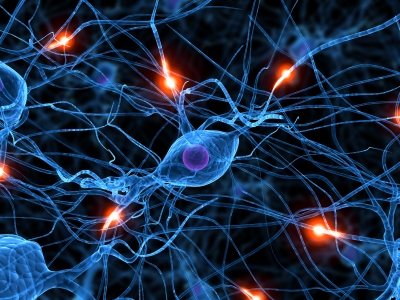 |
||||
 |
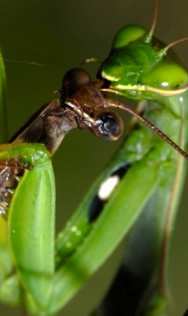 |
|||
 |
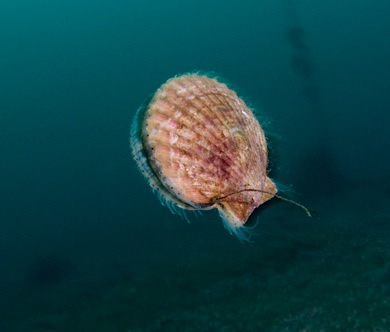 |
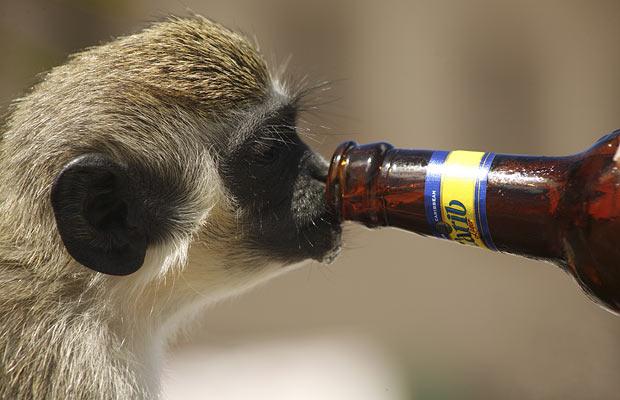 |
||
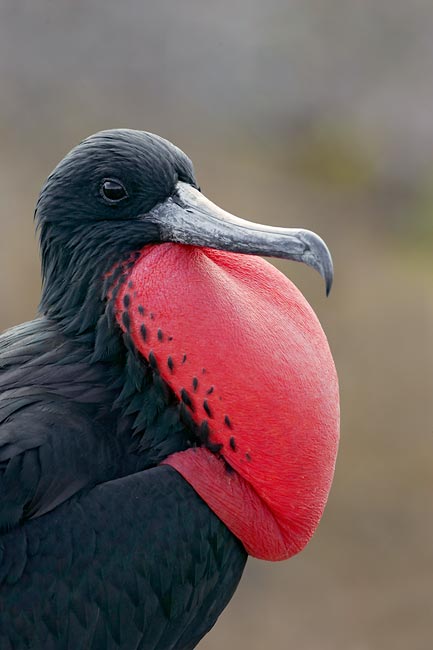 |
||||
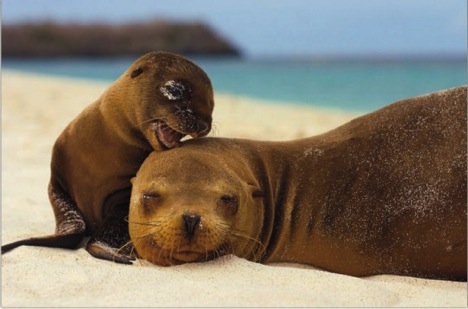 |
||||
 |
||||
Laughter-Like Behavior in Rattus novegicus
- Anna Fimmel
Sexual Cannibalism: Blood Lust
- Ben Goggin & Kata Martin
Eusocial & Colony Behavior in Ants
- Celina Ortiz & Jason Swinderman
Bioluminescent Lures
- Christina Barrett & Emily Agan
How Can You Cuddle without arms?
- Daniel Dashevsky & Patrick Sadil
Kleptoparasitism
- Erin Appleby & Ryan Streur
Mantis Shrimp: A Deceptive Foe
- Will Horner & Jules Weinstein
Bone Dropping Bearded Vultures
- Ivy Hellickson
Bombardier Defense
- Jacob Kraus & Claire Brumbaugh-Smith
Honey Bee Agression
- Tess Myers
Mother-Pup Acoustic Recognition in Ontariids
- Pia Molina, Sarah Johnson & Rhea Chawla
Migratory Patterns of Chinook Salmon
- Tess Tumarkin & Erin McAllester
Reproductive Behaviors in Stomatopods
- Brendan Kohrn
Laughter in Chimpanzees and Humans
- Yuan Xue, Soso
Bivalve Behaviors
- Melissa Ashbaugh, Robin Byron & Wyatt Gormley
Sexual cannibalism in Praying Mantis
- Anand Panchal, Kimmy Stanton & Emmeline Hill
When Times Get Tough, the Tough Get Vicious: Polar Bear Infanticide
- Marisol Lauffer, Aashis Thapa & Gustavo Lopez
A Neurobiological Look at Addiction and Rhesus Monkeys
- Chrissy Schmidt & Liz Pekarskaya
Bombs Away! Homeland Security "Buzzes" with Bee Learning
- Alexadra Bryn Mariani & Matt Keesler
ASSIGNMENT DETAILS 2012
Student pairs will create a web site
for an animal behavior of their choice.
Students may use this same topic for their a 10 minute presentation in class.
Students will comment on each other's
draft website.
For examples from previous
years see my TEACHING page.
FOR THIS INFORMATION AND ADDITION DETAIL DOWNLOAD THE ASSIGNMENT (handed out in class)
Animal Behavior Websites
Website design can be a very effective means of communication. In science we use websites to advertise our own work, recruit students to our labs, convey the breadth of our research interests, discuss immature ideas, solicit collaborations, disseminate supplementary data, host databases that may be of use to other researchers in our field, organize our courses, advertise conferences, and generally communicate with scientists and the public around the world.
Your final website should summarize the current scientific understanding of a specific animal behavior in all areas of inquiry. You may choose to create a different page for each of Tinbergen's (1963) "Four main questions of behavior", but you are also free to develop your own comprehensive categorization scheme based on readings and in class discussin. Because some organisms are more suited to specific types of research, it may be necessary to incorporate research from multiple organisms in order to discuss the ontogeny, mechanism, phylogeny and adaptive value of the specific animal behavior. While books, websites, and newspapers may be used, the majority of the information presented should be supported by primary literature and all sources must be cited (including images). When appropriate, students should include historical perspective. The completed websites will be hosted on the web with students' permission.
Evaluation:
Websites will be evaluated according to the "web critique" criteria. Students are expected to have a completed website by the draft due date. This draft will then be "polished" after receiving peer review. Both the draft, and the final product, as well as the critiques will be part of the total grade for this project.
Draft - 25%
Critiques - 10%
Final product 65%
See examples from past years at the "Teaching" page of my own website:
http://academic.reed.edu/biology/professors/srenn/pages/teaching/Renn_teaching_MAIN.html
Schedule:
Week4 During Lab: pairs and topics
Use the following form to identify student pairs and general topic to be covered.
Week7 During Lab: rough outline
By now, you and your partner should have begun to research your topic and have decided on a categorization scheme and have written some text for each area of inquiry including citations and images.
In lab time you will:
- pick which template you want to use
- Create a "site" folder with your chosen templates.
- Create a home page with:
- the title.
- a brief outline and/or bullet points (to be expanded later).
- Create 5 sub-topics pages to be filled with information the draft information that you have.
- MECHANISM
- ONTOGENY
- PHYLOGENY
- ADAPTIVE VALUE and
- REFERENCES
- Experiment with colors and text styles using the style sheet.
- Learn to create internal and external links.
- Learn to add images to your webpage.
Week10 Thursday November 1st
All websites must be posted on the courses server by 5:00 pm.
The websites should be ready for public viewing. It is each student's responsibility to check that all images and links are functional from any computer on campus. If you have failed to create correct relational links and images they may work on your own computer but not when viewed across the web. Please seek advice before noon today for assistance.
Week 11 Tuesday November 6th Students will be assigned 2 websites to critique.
Constructive critique is due in class.
These critiques will be delivered to the webpage authors on Thursday
Week 13 Tuesday November 20th
Final websites, incorporating the critique comments, must be posted on the courses server by 5:00 pm. They will be linked to create a webpage for the course.